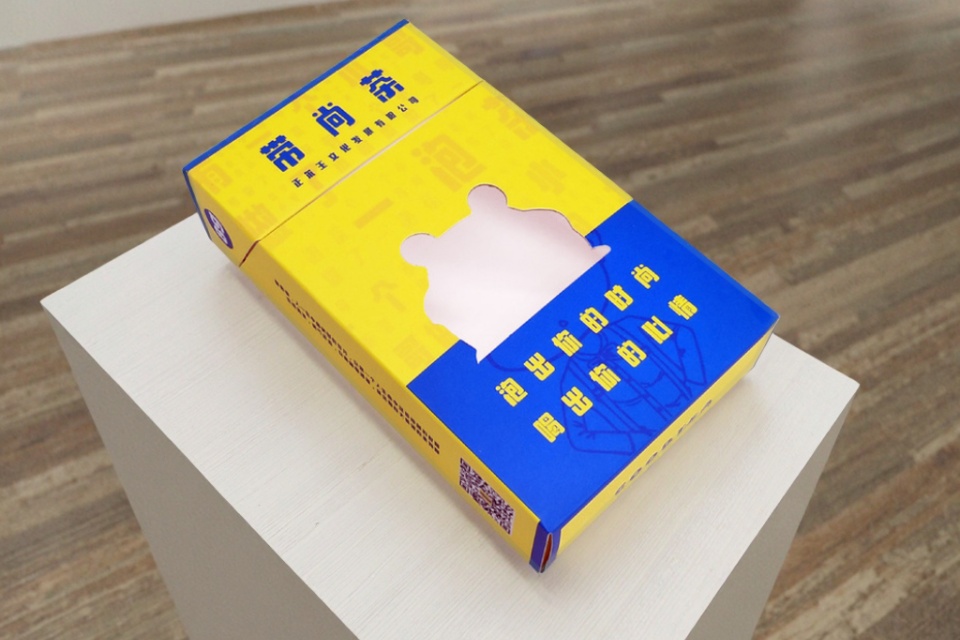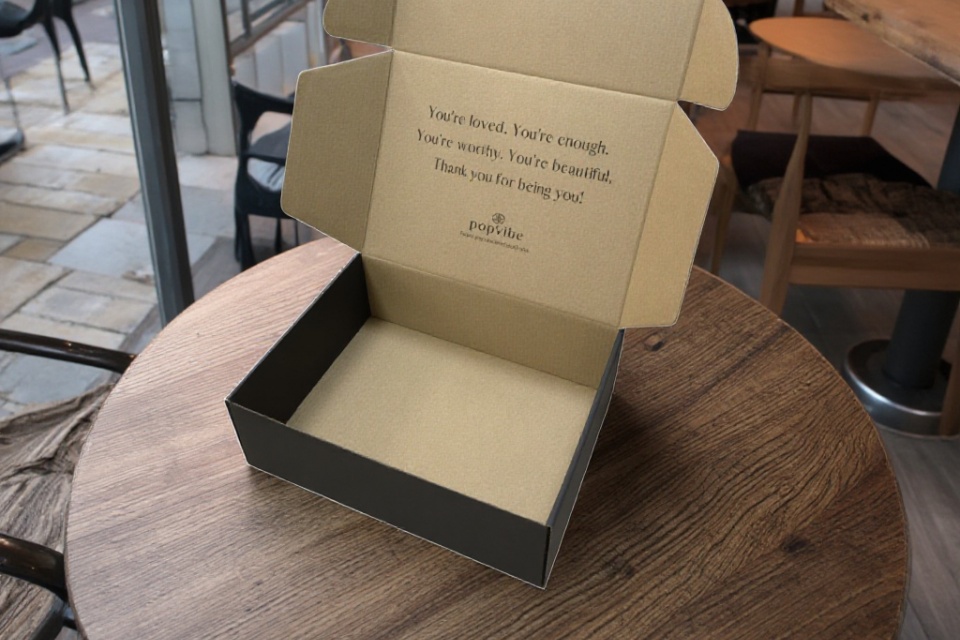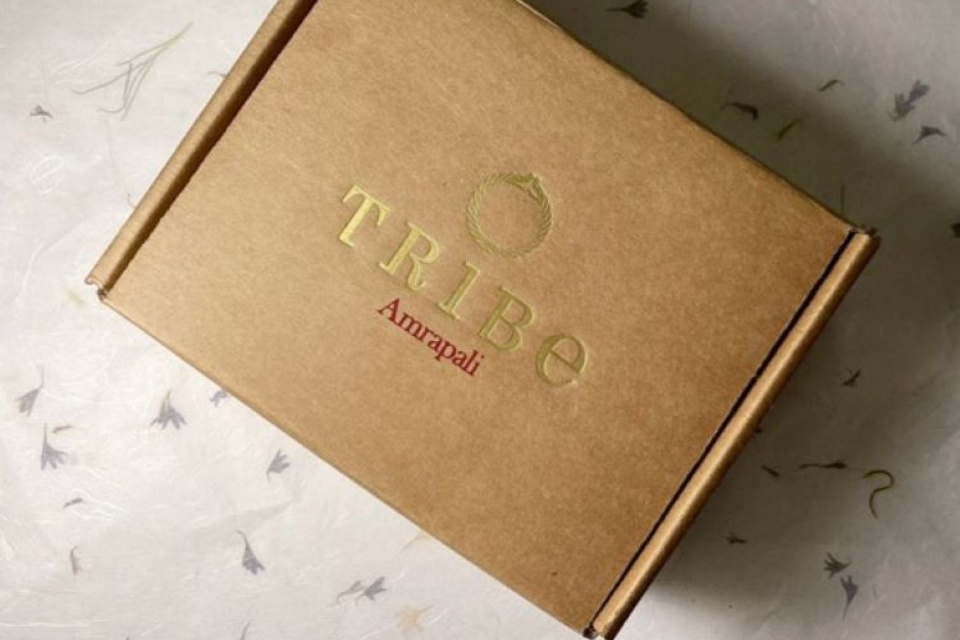Lastest News
Designing Custom CBD Packaging
Designing Custom CBD Packaging
Summary
Designing custom CBD packaging is an essential aspect of the burgeoning cannabis industry, which has witnessed substantial growth following the legalization of cannabis in various forms across many regions. This niche of packaging is not only pivotal for branding and marketing but also serves critical regulatory functions that ensure consumer safety and compliance with varying legal standards. As the global CBD market is projected to reach over $509 billion by 2032, the demand for distinctive and compliant packaging solutions has become increasingly significant.
The notable complexity of CBD packaging arises from its multifaceted regulatory landscape, with stringent requirements at both state and federal levels aimed at protecting consumers, particularly children, from accidental exposure to cannabis products. States like California have implemented some of the most rigorous packaging regulations, while others, such as Georgia, impose specific limitations on THC content and quantity. Additionally, the FDA oversees labeling and safety compliance, emphasizing the necessity for brands to create packaging that is not only visually appealing but also adheres to legal guidelines to avoid penalties and recalls.
Key controversies surrounding CBD packaging design often revolve around the potential for packaging to appeal to minors through vibrant colors, playful fonts, and food-like imagery. Such design elements can inadvertently increase the risk of children accessing these products, prompting regulatory bodies to enforce child-resistant and tamper-evident requirements. As brands navigate these challenges, they must balance aesthetic appeal with functionality and compliance, ensuring their packaging aligns with consumer expectations for sustainability and ethical practices.
Ultimately, the evolution of custom CBD packaging reflects broader market trends, consumer preferences, and regulatory demands, making it a critical focal point for companies looking to establish trust, enhance brand identity, and drive sales in a competitive landscape. Brands that succeed in crafting effective, compliant, and appealing packaging are better positioned to thrive in an ever-expanding market.
Regulatory Considerations
The regulatory landscape for CBD packaging is complex, influenced by varying state and federal regulations. Following the legalization of both medical and recreational cannabis, producers and processors face the challenge of ensuring their packaging is child-resistant and compliant with specific state regulations, which differ widely across the country. The primary objective of these regulations is to prevent cannabis products from being accessible to children and to mitigate illicit operations within the market.
State-Specific Regulations
Each state has established its own regulatory framework that reflects local priorities. For example, California enforces some of the most stringent regulations, mandating child-resistant packaging and clear warning symbols on all cannabis products. In contrast, Georgia imposes stricter limits on THC-containing products and has specific quantity-based restrictions for packaging various forms of CBD.
Common Requirements
Despite the variations among states, certain requirements are consistently enforced nationwide. These include the necessity for child-resistant and tamper-evident packaging, accurate labeling, cannabinoid content disclosure, and designs that do not appeal to minors. Furthermore, brands must remain vigilant regarding state-specific regulations, which can evolve and change over time.
Federal Regulations
At the federal level, the FDA regulates CBD and cannabis products under the Federal Food, Drug, and Cosmetic Act (FDCA). The agency has been active in ensuring compliance with labeling requirements and has issued warnings to companies that mislabel their products or make unapproved health claims. The FDA has emphasized the importance of clarity in labeling, which can also aid in preventing confusion among consumers and ensuring that products comply with all applicable standards.
Importance of Compliance
Adhering to these regulations is crucial for brands not only to avoid legal penalties and recalls but also to build consumer trust. Companies are advised to consult all relevant regulations before creating labels and packaging for their CBD products to ensure compliance and mitigate risks associated with mislabeling. Additionally, public education campaigns, like those initiated in California, underscore the importance of safe storage practices to prevent access among minors.
Design Elements
The design of custom CBD packaging plays a crucial role in attracting consumers and ensuring product safety. Various design elements can influence consumer perception and behavior, particularly when it comes to attracting children or conveying brand identity.
Attractive Designs for Children
Certain design features can make packaging appealing to children, which poses potential risks for products containing cannabis. Packaging elements identified as attractive to children include vivid imagery, playful fonts, and food-like flavor descriptions. In testing, 14 out of 23 packages featured images of candy or food items, such as a colorful rice cereal print on a "Cannabis-Infused Fruity Crispy Rice Bar" and a package resembling an ice cream cone for "Last Bite Cannabis Infused Chocolate-Filled Mini Sugar Cone". Additionally, 3 packages incorporated fonts reminiscent of children's products, including a vibrant "Watermelon Zkittles" product in a rainbow font and another with colorful cereal images and bubble letters stating "Cannabis-Infused Crispy Marshmallow Treat: Fruity Blast".
Use of Color and Materials
Color schemes and materials significantly affect consumer expectations and purchasing decisions. Research indicates that consumers associate certain colors, such as green and brown, with naturalness or healthiness, which can enhance the perceived value of CBD products. Furthermore, the choice of materials—ranging from eco-friendly options like kraft paper to durable glass containers—can evoke trust and align with consumer preferences for sustainability.
Functional and Ergonomic Design
The functionality and shape of the packaging are also vital components of design. Ergonomically shaped packages that facilitate easy handling and opening can improve user experience and increase the likelihood of purchase. Unique shapes can convey luxury or practicality, appealing to different market segments.
Minimalism and Visual Appeal
Current design trends favor minimalism, focusing on clarity and simplicity, which can cut through market clutter and communicate the brand's value proposition effectively. A cohesive design across a product line enhances brand recognition and consumer loyalty.
Child-Resistant Packaging
Ensuring that packaging is child-resistant is paramount in the cannabis industry. Child-resistant (CR) packaging is specifically designed to prevent easy access by children, significantly reducing the risk of accidental exposure to cannabis products. Manufacturers can provide certifications to verify that their packaging meets these safety requirements.
Market Trends
The CBD packaging market is experiencing significant growth, influenced by several key trends that reflect changing consumer preferences and competitive dynamics.
Growth of the CBD Market
The global CBD market was valued at USD 4.6 billion in 2018 and is projected to grow at a compound annual growth rate (CAGR) of 22.2% from 2019 to 2025. This rapid expansion is largely driven by increasing consumer awareness of the potential health benefits of cannabidiol (CBD), as well as a rising demand for alternative therapies and natural remedies. The CBD product packaging market itself is expected to grow from USD 203.32 billion in 2024 to USD 509.3 billion by 2032, reflecting a CAGR of approximately 12.17% during the forecast period from 2025 to 2032.
Increasing Competition
As the CBD market becomes more saturated, with new brands entering daily, competition for consumer attention and trust intensifies. With a market size anticipated to grow at a staggering rate of 125.5% by 2026, companies are compelled to differentiate their products through thoughtful packaging design. Custom CBD packaging is no longer merely functional; it has become a critical branding tool that conveys transparency, compliance, and product value.
Consumer Expectations
Today's consumers are increasingly discerning, with a preference for products that reflect their values. Studies show that 71% of consumers prefer to purchase from companies that resonate with their beliefs. As a result, brands are focusing on packaging that not only appeals aesthetically but also communicates ethical practices and sustainability. This trend is especially relevant for younger demographics, such as Millennials and Gen Z, who prioritize responsible consumption.
Importance of Packaging Design
Effective packaging design is pivotal in establishing consumer trust and influencing purchasing decisions. Research indicates that 82% of consumers are more likely to buy a product after seeing or handling it in-store. Therefore, brands are investing in unique and functional packaging designs that enhance user experience, ensuring that their products stand out on crowded shelves.
Sustainability in CBD Packaging
As consumers become increasingly aware of their environmental impact, the demand for sustainable packaging solutions in the CBD industry is on the rise. Eco-friendly packaging options, such as biodegradable and recyclable materials, are becoming essential for brands aiming to resonate with eco-conscious customers. Research indicates that 75% of businesses have committed to sustainable packaging practices, yet less than 30% effectively implement these strategies in their operations. This gap presents an opportunity for brands that genuinely embrace sustainability to differentiate themselves in a competitive market.
Consumer Preferences
Today's consumers are increasingly inclined to support brands that align with their values regarding sustainability and corporate social responsibility. A survey revealed that 69% of consumers prefer businesses utilizing eco-friendly packaging, demonstrating the significant impact of packaging choices on purchasing decisions. Studies also suggest that sustainable packaging can enhance the perceived value of a product and positively influence consumer perceptions of a brand's environmental commitment. This trend highlights the necessity for CBD brands to adopt packaging materials that are ethically sourced and environmentally friendly.
Material Choices
Common eco-friendly materials used in CBD packaging include recycled paper-board, kraft paper, and biodegradable plastics. Cardboard and kraft paper, in particular, are favored for their durability and versatility, making them suitable for various product types. Implementing water-based inks and minimalistic designs can further reduce the environmental footprint of packaging. Brands that effectively communicate their commitment to sustainability through their packaging can inspire others to adopt similar practices, creating a positive feedback loop within the industry.
Multifunctional Design
Innovative packaging design that extends beyond primary functionality can also contribute to sustainability efforts. Custom CBD boxes that double as storage containers or mini humidors not only provide convenience for consumers but also promote the reuse of packaging materials, reducing waste. Such creative approaches not only enhance the user experience but also align with the growing trend towards sustainability in product design.
Challenges in Custom CBD Packaging
The design and implementation of custom CBD packaging come with a unique set of challenges, primarily driven by regulatory compliance, market competition, and consumer expectations.
Regulatory Compliance
One of the most significant challenges facing CBD packaging manufacturers is ensuring compliance with evolving regulations. As the CBD industry continues to grow, so do the laws governing product labeling and packaging. For instance, manufacturers must often include a General Certificate of Compliance (GCC) from the manufacturer to meet state requirements. Additionally, violations of packaging regulations can result in severe penalties, as seen in states like Indiana, where the Alcohol and Tobacco Commission oversees compliance. It is essential for brands to stay updated on these regulations to avoid legal issues, which can divert resources and focus away from product development and marketing.
Market Competition
The CBD market is saturated with a variety of products, making it imperative for brands to differentiate themselves through innovative packaging solutions. Custom packaging that stands out can significantly impact brand awareness and customer attraction. However, creating packaging that is both compliant and eye-catching poses a significant challenge. Brands must find a balance between aesthetics and functionality, as attractive packaging is not only important for visual appeal but also for conveying essential product information. Companies that fail to strike this balance risk losing potential customers who prioritize both compliance and product quality when making purchasing decisions.
Consumer Expectations
Consumer behavior plays a crucial role in shaping packaging strategies. Surveys indicate that a large percentage of consumers consider packaging as a critical factor in their purchasing decisions, often associating quality packaging with high product quality. Additionally, preferences for sustainable and eco-friendly packaging are growing, presenting another layer of complexity for brands trying to appeal to a health-conscious demographic. Meeting these expectations while also adhering to regulatory requirements can prove challenging, as brands must ensure their packaging is not only appealing and informative but also environmentally responsible.
Branding and Consumer Perception
Branding and packaging design are fundamental components in establishing a strong, positive perception of a product in the consumer's mind. Effective packaging serves as a storytelling device, allowing brands to communicate their identity and values directly to shoppers, especially in a marketplace saturated with choices. As consumers navigate countless purchasing decisions, the right branding and packaging can visually communicate a brand's message and elevate its presence on store shelves.
The Role of Packaging in Brand Perception
Packaging plays a crucial role in shaping consumer perceptions and influences purchasing decisions, even among those who may not initially intend to buy a product. Clear, attractive designs not only motivate consumers to make purchases but also differentiate brands from their competitors. A well-executed packaging strategy incorporates visual appeal—such as vibrant imagery, appealing colors, and innovative shapes—to capture consumer attention and create a memorable product experience aligned with consumer values.
The psychology behind consumer behavior in product packaging indicates that emotional stimuli are often decisive in the purchasing journey. For instance, packaging that evokes emotions like nostalgia or joy can lead to robust consumer responses, fostering brand loyalty and driving purchase intent. Effective packaging design thus integrates various elements to create a compelling narrative, utilizing colors, typography, and imagery to convey brand identity and messaging quickly and effectively.
Consumer Trust and Skepticism
Despite the potential of packaging to influence consumer behavior, a significant trust gap exists in how consumers perceive claims made on product packaging. Research shows that many consumers remain skeptical of assertions such as "100% natural" or "low fat," with more than half indicating they hardly ever or never believe what is stated on packaging. This skepticism is especially pronounced in the processed food market, highlighting the need for transparency and credibility in branding efforts.
Brands targeting educated and affluent consumers, particularly female shoppers, should focus on crafting packaging that not only appeals visually but also resonates with these consumers' values and beliefs. Those who trust packaging claims are more likely to be influenced by them, suggesting that brands need to carefully consider how they communicate their messages through design. Ultimately, the integration of effective packaging strategies can enhance brand perception, boost sales, and cultivate long-term consumer loyalty.
Categories
Latest News
Contact Us
Contact: Aaron Lee
Phone: +8613570866244
Tel: +8675529490260
Add: Li Songlang 2nd Industrial Zone,No.18,FengTang Rd,Guangming New District


